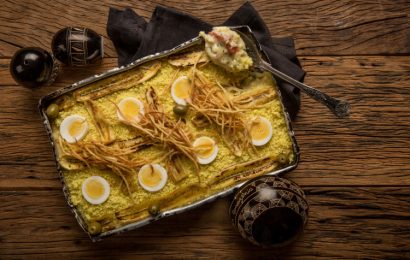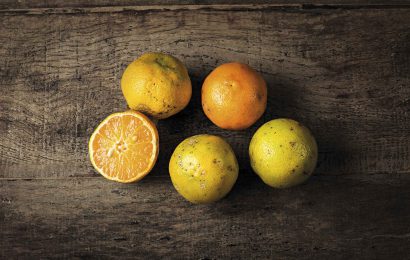Bertholletia excelsa.
Fruit of a towering tree native to the Amazon, Brazil nut – now called castanha-do-brasil in Portuguese, but more widely known as castanha-do-pará − can be consumed fresh or toasted. In addition to the high protein and calorie content, the Brazil nut is packed with selenium, a mineral antioxidant that fights cell aging and can help prevent degenerative diseases. In the kitchen, the nut has many uses: breads, cakes, cookies and
crumbles, as well as sauces and farofas (seasoned manioc flour), to name a few. The nut is also processed to make a flour, an extra virgin oil, milk, and a cream that can replace butter.



